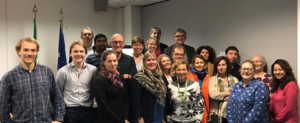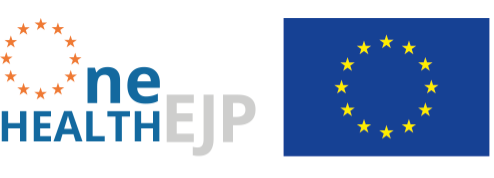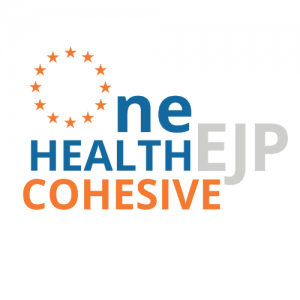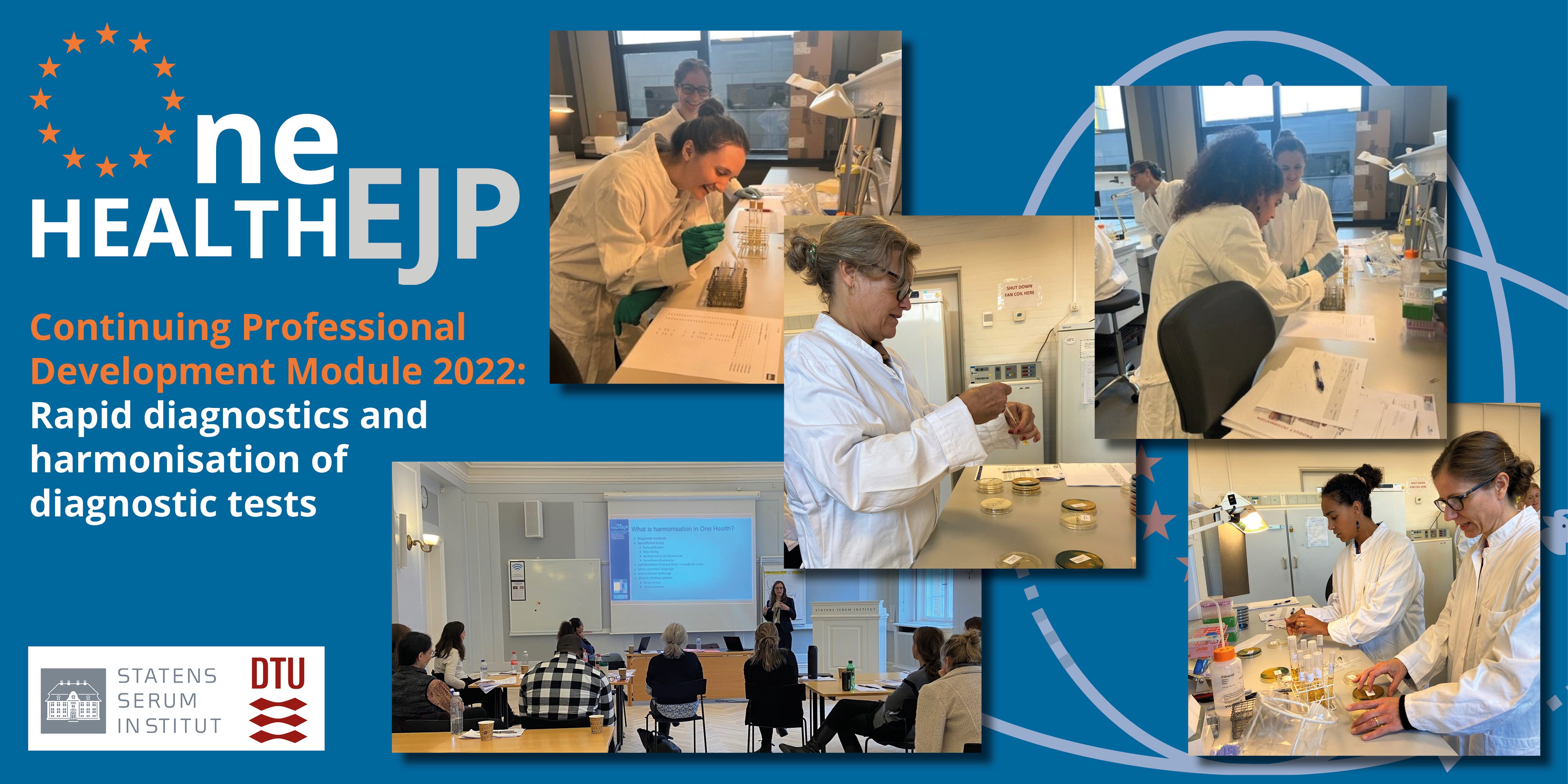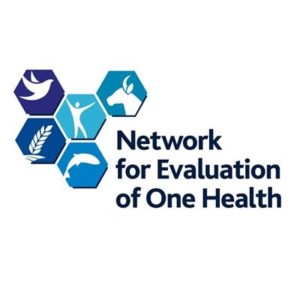COHESIVE Meetings Update: Their General Meeting
The COHESIVE General Meeting was hosted by ISS on 27th to 29th November 2019 in Rome, Italy. Three new project partners were welcomed: INIAV, ANSES and VRI. This meeting discussed the progress of the project. We discussed several topics including:
1. The development of guidelines for national One Health structures- Clear progress has been made in the development of practical guidelines for countries to set up One Health structures and collaborations with respect to signalling, risk assessment, response and control of zoonoses. For this WP two workshops were organised, one in Brussels (July 2019) and one in London (October 2019). In Brussels, the focus was on identifying the necessary activities in a One Health Risk Analysis Structure (OHRAS). In London, the focus was on definitions of the activities, related terms of references and how to build a OHRAS with the activities as a guide. Contact has been made with the FAO with respect to the Tripartite Zoonoses Guide (TZG) of OIE, WHO and FAO. COHESIVE visited their SISOT meeting on collected tools that supports the implementation of the TZG and FAO presented their work in the General Meeting of COHESIVE. Both COHESIVE and FAO see opportunities to collaborate and are enthusiastic to do so. For example, with respect to available tools. A first draft of a decision tool to support choosing the most appropriate surveillance tool in a certain situation was presented. Suggestions for improvement were discussed. In addition, during the General Meeting a creative session was dedicated to understand what the challenges are in relation to political will within the context of setting up OHRAS as this was identified as one of the major barriers. All activities/workshops add to the guidelines in preparation.
2. Towards and EU structure- The focus of this WP is identifying and describing how signals of zoonotic events or outbreaks within veterinary-public health-food safety sectors are detected, shared and communicated in the participating countries as well as on tools that can be used for detection of long-term or short-term threats. For the first topic, 6 countries performed on average 5 semi-structured interviews with professionals from different sectors (food, veterinary, public health), at national and/or regional level, in different organizations (institutes, laboratories, ministries). Currently, the interviews are analyzed. During the general meeting identified themes were shared and discussed. The output will be used as input for the guidelines for OHRAS.
For the second topic, a successful workshop dedicated to Horizon scanning was held. The different elements that can be drivers of change for One Health issues were discussed as well as current and future challenges.
3. Data platform to facilitate risk‐analysis and outbreak control- Integrating information on pathogens at the human, veterinary and food level is one of the goals of this WP. This include genetic information, but also epidemiological information etc. A first version of the developed information system is available. Three pilot countries are assessing the possibility to use it. In the general meeting there was also a presentation from ORION on ontologies with the idea to incorporate this database independent annotation of terms in the integrated databases. These possibilities will be further explored.
The platform independent cloud based tracing portal was developed to trace back and forward suspicious food items during foodborne disease outbreaks investigations. Several new features were implemented which will be tested with current and historic outbreaks. The tracing portal is available from https://fcl-portal.bfr.berlin and feedback on its functionalities is more than welcome. Furthermore a report on available tracing tools has been published. A comparison table of the tracing tools is available from https://socialcompare.com/en/comparison/tracing-tools-for-supply-chains-4lh89xq0 and can be updated by the OHEJP community. Also the platform independent risk modelling tool has been improved and will be tested with COHESIVE partners. Visit the COHESIVE page on our website for more information.
